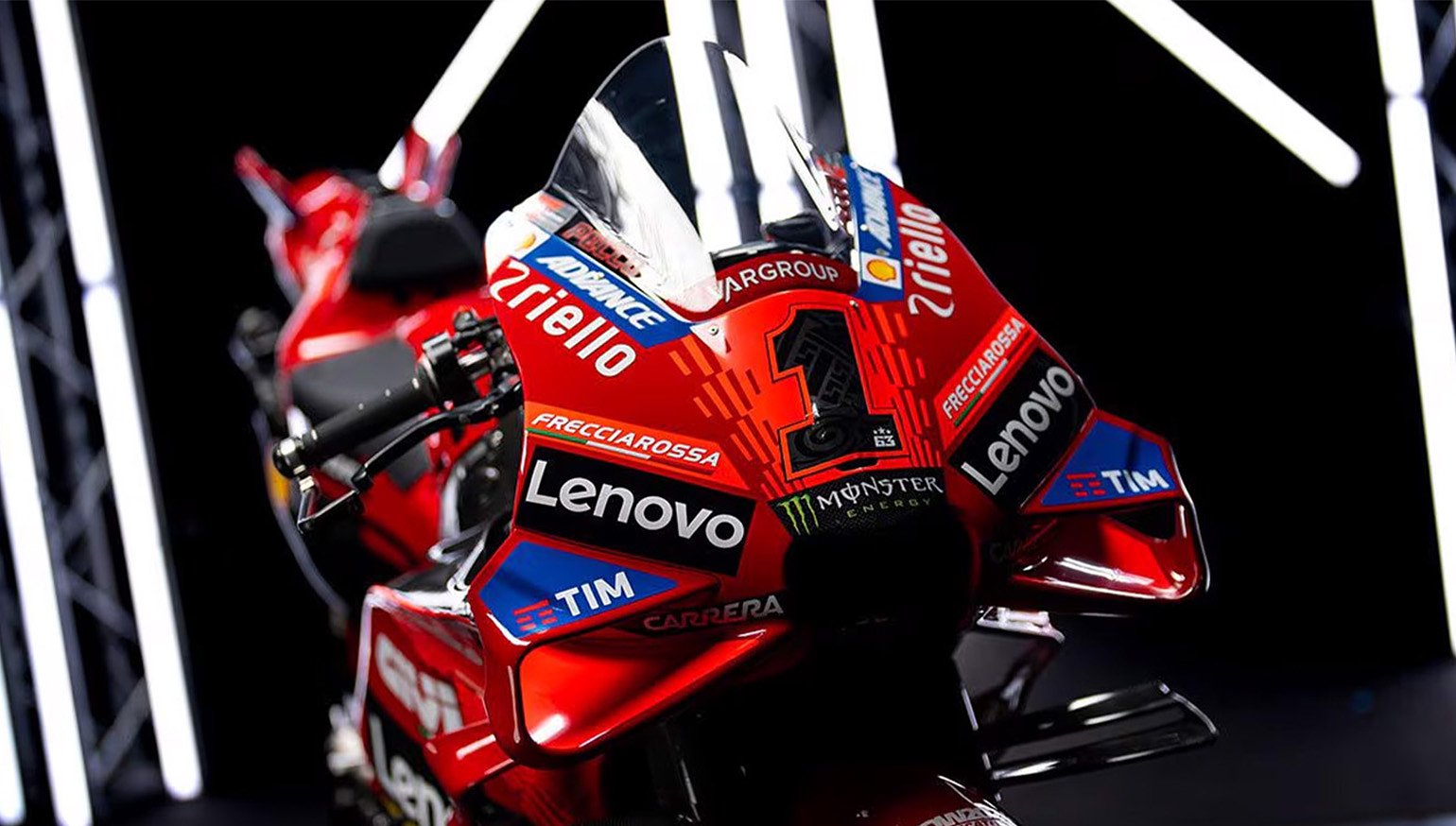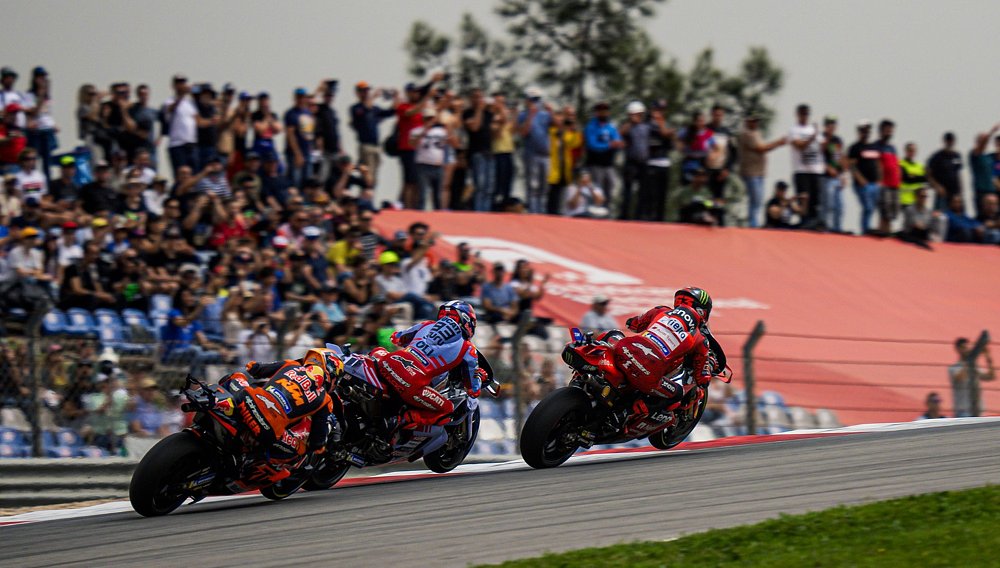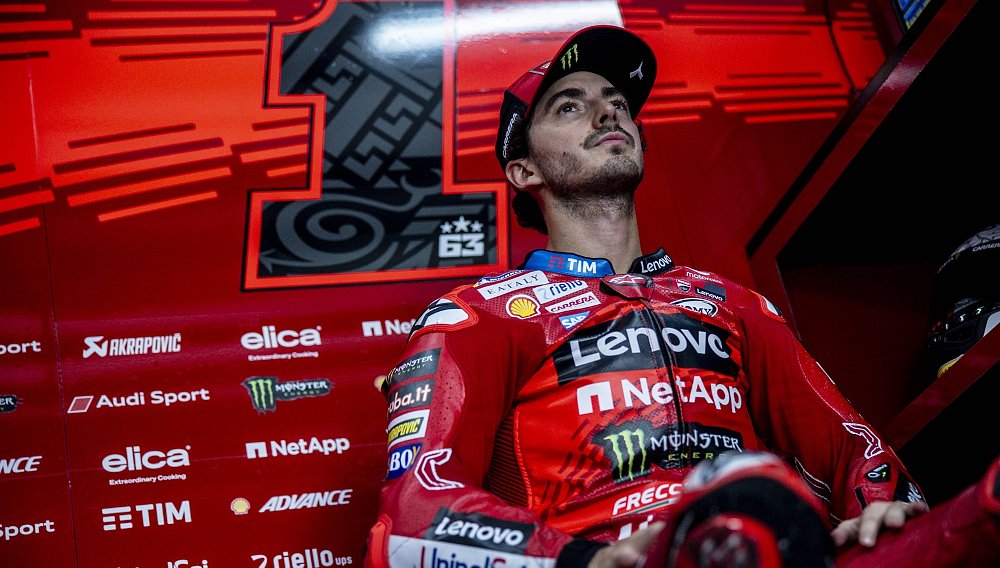When it comes to racing, the ideals of “safety” and “sustainability” rarely go hand in hand with the idea of “spectacular,” but that’s the direction MotoGP is aiming for with its new technical regulations for the 2027 season.
Per MotoGP, the new race machines will be “more efficient” and help the series reach “global sustainability.” Yet, the organization designed the rules to promote “better racing and even more overtaking.” Just how will the series occupy the intersection between safety, sustainability, and spectacle? The answer lies in the details.
Efficiency is key
In an attempt to decrease top speeds and increase mileage, premier-class engines will drop from 1,000 cc to 850 cc in 2027. The technical standards also force manufacturers to shrink the maximum bore from 81 mm to 75 mm, effectively capping stroke at 48.1 mm (for four-cylinder engines). These smaller, more “road-relevant” GP bikes will run on 100% sustainable fuel (versus the 40% sustainable fuel currently in use), and drink from a 20-liter fuel cell, two liters smaller than current gas tanks. Fuel will be limited to 11 liters for sprint races.
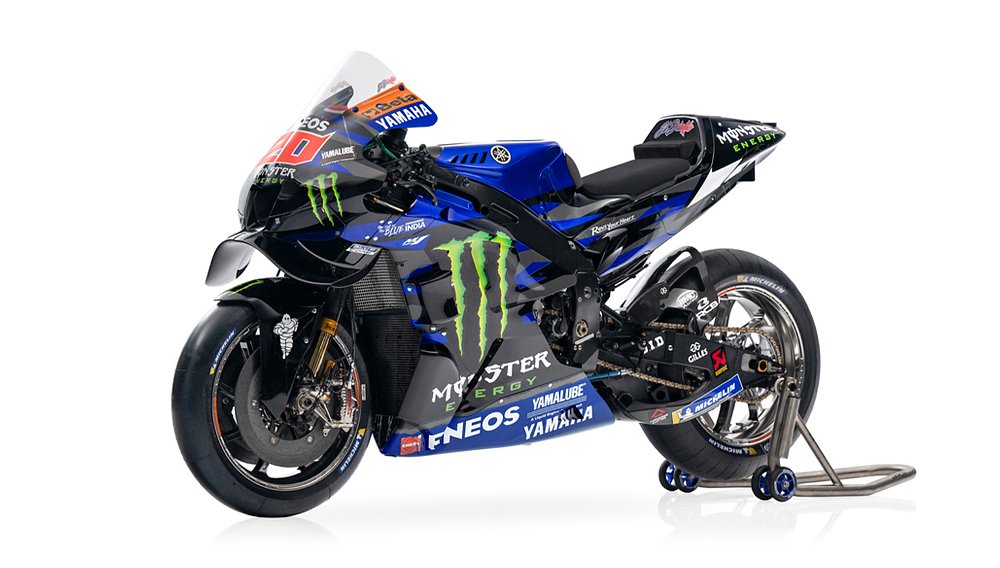
Theoretically speaking, these “more efficient” engines will allow MotoGP to restrict riders to six engines in a season, one down from the seven currently allotted. There are exceptions, though. Should the race season extend beyond 20 races, all riders will receive seven engines throughout the year.
Leveling the playing field
Many critics attribute a lack of overtaking to the “dirty air” created by aerodynamic winglets. As a response, the series will tightly regulate bodywork appendages from 2027. Teams will need to narrow their front fairing aero element from 600 mm to 550 mm and push the nose fairing back by 50 mm. Tail aerodynamics are also altered, with rear-end height falling from 1,250 mm to 1,150 mm. As a way to contain costs, technical regulators will only allow teams to update the tail aero once during the season. That seems to be a theme with the new rules.

All ride-height and holeshot devices will be banned come 2027. The organization cites safety “during race starts” as the driving force behind the technical restriction, with malfunctioning holeshot devices posing hazards in the past. Banning ride-height devices also places more emphasis on the “skill of each rider” and increases the “ability to overtake,” according to MotoGP.
To foster even more parity among factories and satellite teams, all GPS rider data will be available to all teams following every session. The series hopes that the data transparency not only helps struggling OEMs but that it does so at a “controlled cost.”
With the new rules, the concessions system is reset, with all existing teams falling under Rank B. MotoGP will then reassess concession rankings at mid-season and reclassify teams based on their performance. If a new team joins the series, it will fall under Rank D concessions and will benefit from two additional powerplants, additional testing, engine updates, and aero updates.
Happy medium
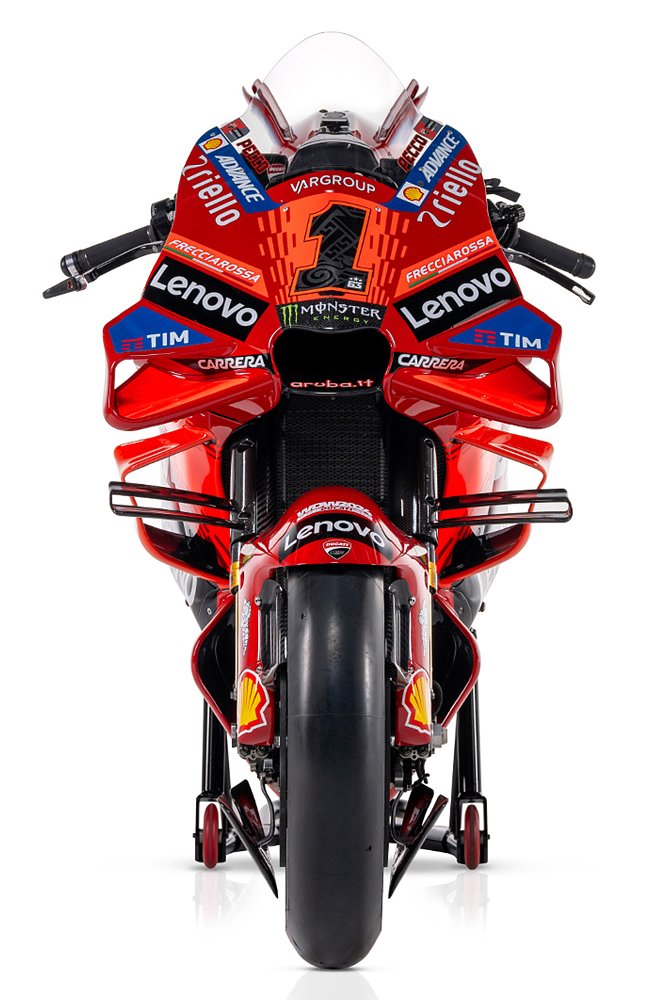
As expected, not all motorcycle racing fans are happy with the upcoming technical changes. That’s understandable, considering the complaints from riders and fans during the 800 cc MotoGP era (2007 to 2011). In 2007, the series reduced engine capacity from 990 cc to 800 cc. To compensate for the power lost in the process, many manufacturers resorted to high-revving, peaky engines, which contributed to crashes in some situations. Reducing capacity doesn’t always equate to slower speeds, either. When the 800 cc machines debuted, they lapped some racetracks faster than the 990 cc bikes they replaced. How so, you ask? With higher corner speeds, that’s how. Of course, higher mid-corner speeds present their own set of risks, as well.
While that’s an important point to note, I can’t help but focus on MotoGP’s preoccupation with cost-cutting. Rumors of BMW’s interest in joining the MotoGP grid (in the coming years) have already surfaced. If reducing performance and costs lowers that barrier to entry for BMW (or say, Kawasaki or Suzuki returning), are the rules worth changing? If there are more overtakes, will fans notice that top speeds are a big slower on the straight? If the new regulations lead to more competitive racing, will we miss ride-height or holeshot devices? I, for one, don’t think so.
Personally, I don’t think the move to 850 cc engines is necessary. I welcome many of the other updates, however. Other race fans will have their own take on the new rules, but only time will tell whether MotoGP’s 850 cc era is a success or not.




